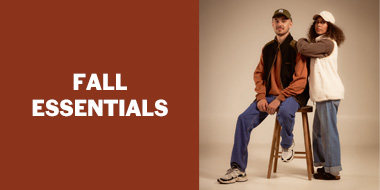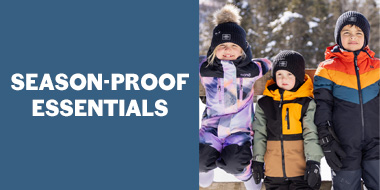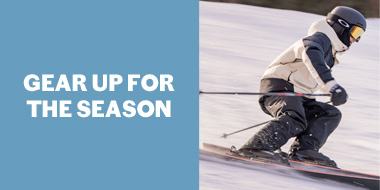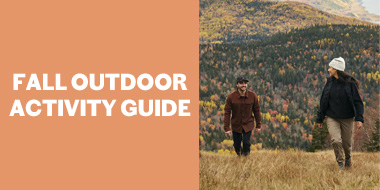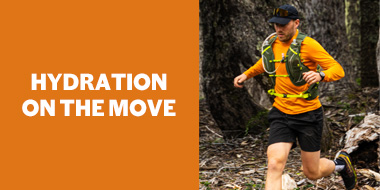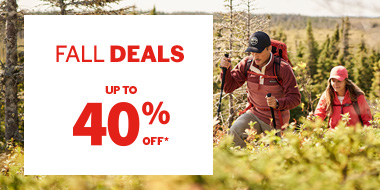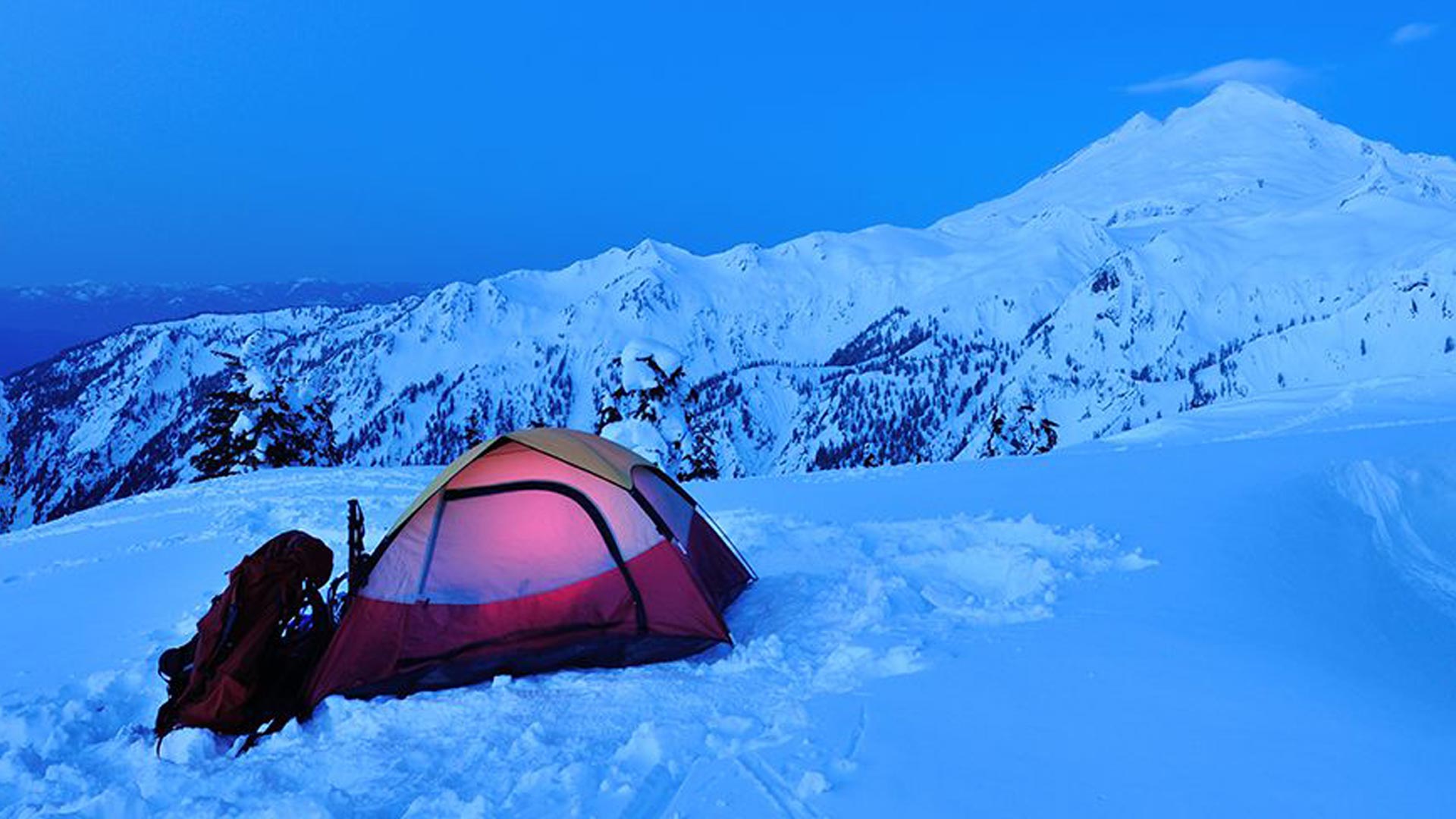Tent
Before choosing your tent, you need to consider how you plan to use it: only on a campground accessible by car (in the fall)? While hiking, snowshoeing, biking, cross country skiing or canoe-camping?
Given that they are easy to transport in the trunk of a car, for the former, you can get a large, voluminous tent in which you can stand.
But if you are looking for a tent to go hiking, biking or canoeing, you need to find the right balance between its size, weight and sturdiness; exerting too much energy carrying it or having to put up with a huge backpack is out of the question.
Unless you are exploring at high altitudes, leaving for several days or expecting extreme drops in temperature, a three-season tent designed for the fall should do the trick for winter camping, when done sporadically once or twice a year.
On the other hand, it would be better to opt for an expedition tent for camping in windy and very snowy areas where precipitation can be abundant and natural shelters are practically non-existent.
Generally speaking, expedition tents are much more resistant to windy conditions and the weight of the snow, and they have sturdier frames with sometimes more numerous poles. To minimize the risk of accumulation, the rainfly does not have a flat section, and the waterproofing is often superior to that of standard tents. In order to keep the heat in, these tents are not as well ventilated as summer tents. However, they must still have ventilation flaps, given that, in cold temperatures, the body produces a lot of humidity…up to three litres of water per camper, each night.
Sleeping Bag
Nowadays, there are excellent sleeping bags made of synthetic materials, which tend to lose less of the heat they accumulate and are less expensive. But to maximize the chances of keeping your body warm, down-filled sleeping bags remain the best option on the market, and they are obviously more expensive. Although they accumulate humidity more easily, they have higher and more effective insulation, and they are more lightweight and compact, making them easier to carry.
Note also that, for the fall, a three-season sleeping bag that keeps campers warm in up to –10 ºC temperatures can be sufficient. But in the winter, to avoid the wraths of Mother Nature, a sleeping bag supporting temperatures as low as –40 ºC is a better choice.
Other Accessories
Thanks to their insulating properties, ground pads can make the difference between a cool night and a comfortable one, especially in cold weather. Whether inflatable (best suited for fall) or foam (fall and winter, depending on insulating properties and level of comfort), ground pads stop the transfer of humidity between the ground and the sleeping bag.
For cooking, boiling water for drinking, or melting snow to clean your face, a camp stove is a must-have accessory for fall and winter camping. In the cold season and for high-altitude excursions, choose camp stoves that run on liquid fuel (white gas, methyl alcohol, kerosene, etc.). These perform better in cold than compressed gas models, such as butane, propane and isopropanol camp stoves.
To turn on a camp stove or start a campfire, a lighter is more effective than matches, which can become unusable due to humidity. To make life easier in difficult lighting conditions, you can scrape a block of magnesium with a knife above the wood to be ignited, or drop resin-soaked sticks that ignite even in the rain.
When temperatures drop, camera, phone and headlamp batteries tend to drain more quickly. To increase the level of energy, you can place the batteries in the sleeping bag for the night. We also recommend bringing a recharging kit with a solar collector, which proves to be more practical in the fall and winter months, when trees lose their leaves and allow more light through, although sunlight does not last as long.

